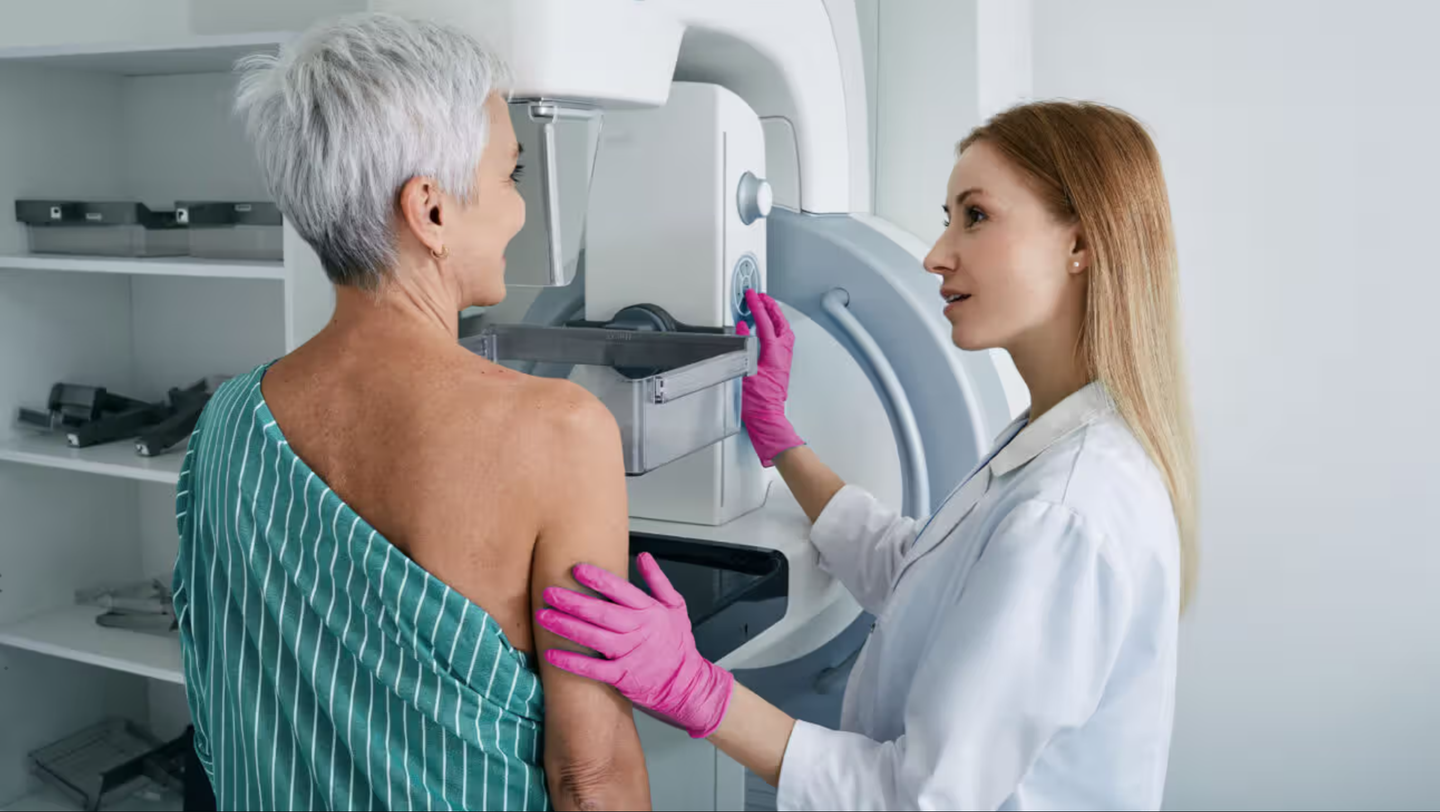Mathematical innovation could revolutionize breast cancer treatment, study finds
Mathematics is being employed in a new study to forecast the potential of new combination therapies for patients with breast cancer.

Mathematics is being employed in a Monash University-led study to forecast the potential of new combination therapies for patients with breast cancer. (CREDIT: Creative Commons)
Mathematics is being employed in a Monash University-led study to forecast the potential of new combination therapies for patients with breast cancer who no longer respond to traditional treatments.
The research, detailed in NPJ Precision Oncology, carried out by the Monash Biomedicine Discovery Institute (BDI), focuses on breast cancer driven by a specific protein, PI3K. The study explores how innovative combination therapies could effectively inhibit this protein.
Associate Professor Lan Nguyen, one of the study's co-senior authors, highlighted the importance of their computational models in mimicking the behavior of the cancer-promoting protein PI3K and its downstream targets. These models are crucial as the PI3K pathway is mutated in approximately 30 percent of breast cancer patients, contributing to resistance against primary anti-cancer treatments.
"Through this mathematical approach, we have forecasted new combination therapies and verified in lab experiments that these combinations are more potent against PI3K-mutant breast cancer cells compared to targeting PI3K alone," Associate Professor Nguyen explained.
Related Stories:
Dr. Antonella Papa, another co-senior author, emphasized the study's significance in understanding and overcoming drug resistance in breast cancer through predictive models.
"Our research has uncovered how breast cancer cells develop resistance to alpelisib, a PI3K inhibitor commonly used in clinical treatment," Dr. Papa noted. "With this understanding, we have identified additional proteins whose inhibition restores sensitivity to alpelisib, halting the proliferation of resistant cells."
Associate Professor Nguyen underscored the challenge of drug resistance in cancer treatment and how their study not only reveals the complex mechanisms behind therapeutic resistance but also offers a computational method for prioritizing combination therapies objectively.
Computational model predicts synergistic drug combinations. a–f Model prediction of drug synergism (synergy index, log2 scale) was generated using coefficient of drug interaction (CDI) index based on phospho-S6, cyclin D1 levels, or phospho-Rb. Bars indicate mean values ± standard error. (CREDIT: NPJ Precision Oncology)
"This approach could expedite the discovery of effective treatments, proving valuable for future oncology research," Associate Professor Nguyen stated. "By addressing drug resistance, our research may lead to the development and approval of new therapies that maintain their efficacy longer, potentially enhancing survival rates and patients' quality of life."
The researchers plan to proceed with rigorous preclinical evaluations of the identified drug combinations before advancing to clinical trials to confirm safety and efficacy in humans.
Computational model predicts synergistic drug combinations. Simulation of phospho-AKT, phospho-S6, and cyclin D1 levels in response to BYL719 and GSK2334470. (CREDIT: NPJ Precision Oncology)
Dr. Papa mentioned previous studies demonstrating the efficacy of similar treatments in reducing tumor growth in mouse models, suggesting that initial clinical trials could begin within a few years pending further preclinical validation.
The study's authors acknowledged the collaborative effort between two laboratories within the Monash BDI, emphasizing the interdisciplinary approach's effectiveness in tackling complex medical challenges like cancer.
Phosphoproteomics identifies cell cycle checkpoints and DNA damage response pathways enriched in BYL719-resistant T47D cells. Heatmap of significantly changed phosphosites (425) between RP and parental cells (Student’s t test; p
They highlighted the importance of ongoing collaboration among researchers, clinicians, and regulatory bodies to expedite the development and approval of novel therapies.
Risk factors for developing breast cancer
According to the Mayo Clinic, factors that may increase the risk of breast cancer include:
A family history of breast cancer. If a parent, sibling or child had breast cancer, your risk of breast cancer is increased. The risk is higher if your family has a history of getting breast cancer at a young age. The risk also is higher if you have multiple family members with breast cancer. Still, most people diagnosed with breast cancer don't have a family history of the disease.
A personal history of breast cancer. If you've had cancer in one breast, you have an increased risk of getting cancer in the other breast.
A personal history of breast conditions. Certain breast conditions are markers for a higher risk of breast cancer. These conditions include lobular carcinoma in situ, also called LCIS, and atypical hyperplasia of the breast. If you've had a breast biopsy that found one of these conditions, you have an increased risk of breast cancer.
Beginning your period at a younger age. Beginning your period before age 12 increases your risk of breast cancer.
Beginning menopause at an older age. Beginning menopause after age 55 increases the risk of breast cancer.
Being female. Women are much more likely than men are to get breast cancer. Everyone is born with some breast tissue, so anyone can get breast cancer.
Dense breast tissue. Breast tissue is made up of fatty tissue and dense tissue. Dense tissue is made of milk glands, milk ducts and fibrous tissue. If you have dense breasts, you have more dense tissue than fatty tissue in your breasts. Having dense breasts can make it harder to detect breast cancer on a mammogram. If a mammogram showed that you have dense breasts, your risk of breast cancer is increased. Talk with your healthcare team about other tests you might have in addition to mammograms to look for breast cancer.
Drinking alcohol. Drinking alcohol increases the risk of breast cancer.
Having your first child at an older age. Giving birth to your first child after age 30 may increase the risk of breast cancer.
Having never been pregnant. Having been pregnant one or more times lowers the risk of breast cancer. Never having been pregnant increases the risk.
Increasing age. The risk of breast cancer goes up as you get older.
Inherited DNA changes that increase cancer risk. Certain DNA changes that increase the risk of breast cancer can be passed from parents to children. The most well-known changes are called BRCA1 and BRCA2. These changes can greatly increase your risk of breast cancer and other cancers, but not everyone with these DNA changes gets cancer.
Menopausal hormone therapy. Taking certain hormone therapy medicines to control the symptoms of menopause may increase the risk of breast cancer. The risk is linked to hormone therapy medicines that combine estrogen and progesterone. The risk goes down when you stop taking these medicines.
Obesity. People with obesity have an increased risk of breast cancer.
Radiation exposure. If you received radiation treatments to your chest as a child or young adult, your risk of breast cancer is higher.
For more science and technology stories check out our New Discoveries section at The Brighter Side of News.
Note: Materials provided above by the The Brighter Side of News. Content may be edited for style and length.
Like these kind of feel good stories? Get the Brighter Side of News' newsletter.



